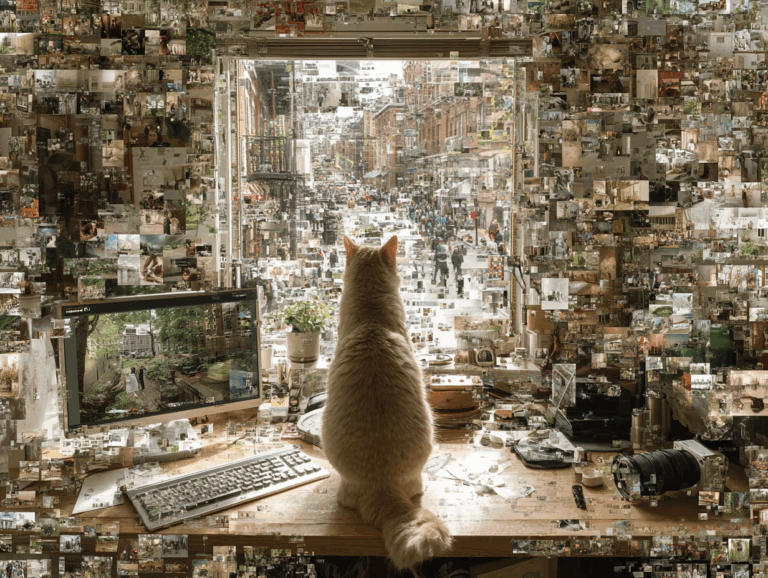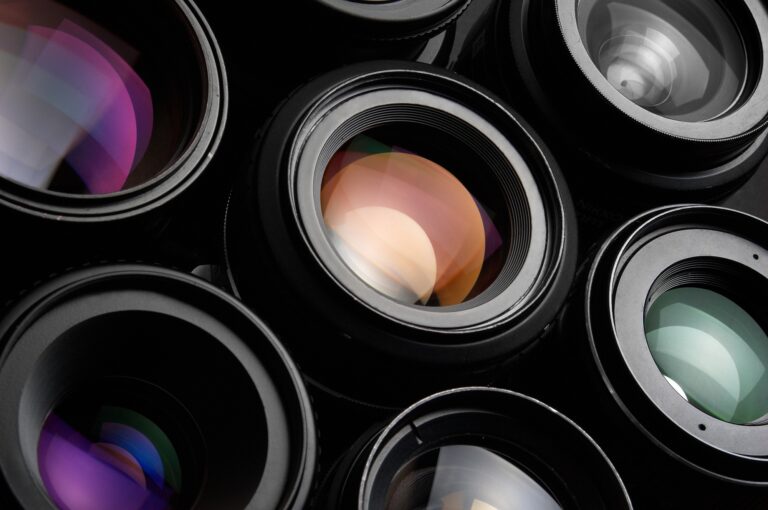The world of videography is filled with a myriad of technical terms and concepts that can be overwhelming for beginners. One such concept is the type of shutter used in video cameras. The shutter is a critical component of a camera that controls the amount of light reaching the sensor.
The two main types of shutters used in video cameras are the global shutter and the rolling shutter. Each of these shutters has its unique characteristics, advantages, and disadvantages. Understanding the differences between these two types of shutters can help you make an informed decision when purchasing a video camera.

Understanding the Basics: What is a Shutter?
A shutter in a camera is a device that allows light to pass for a determined period, exposing the camera sensor to the light and thus creating an image. The shutter controls the duration of this exposure, also known as the shutter speed. The faster the shutter speed, the less light is let in, and the darker the image. Conversely, a slower shutter speed allows more light in, resulting in a brighter image.
The Mechanics of a Global Shutter
A global shutter exposes the entire sensor to light at the same time. This means that every pixel on the sensor starts and ends its exposure at the same time. This type of shutter is common in high-end cameras used for professional videography and photography.
The global shutter works by using an electronic switch that turns on and off simultaneously for all pixels. This allows the camera to capture the entire scene at once, resulting in a sharp image with no motion distortion. This is particularly useful when shooting fast-moving subjects or scenes with a lot of action.
The Functionality of a Rolling Shutter
Unlike a global shutter, a rolling shutter exposes different parts of the sensor at different times. This means that the exposure starts at the top of the sensor and rolls down to the bottom. This type of shutter is common in consumer-grade cameras and smartphones.
The rolling shutter works by turning on and off the electronic switch for each row of pixels sequentially. This means that the top row of pixels starts and ends its exposure before the bottom row. This can result in a distortion known as the “rolling shutter effect” or “jello effect” when shooting fast-moving subjects or panning the camera quickly.
Key Differences Between Global and Rolling Shutters
The main difference between global and rolling shutters is how they expose the sensor to light. While a global shutter exposes the entire sensor at once, a rolling shutter exposes the sensor row by row. This difference in exposure can result in different image characteristics.
For instance, a global shutter is less prone to motion distortion, making it ideal for shooting fast-moving subjects. On the other hand, a rolling shutter can produce a “jello effect” when shooting fast-moving subjects or panning the camera quickly. However, rolling shutters are generally cheaper and consume less power than global shutters, making them more suitable for consumer-grade cameras and smartphones.
Pros and Cons: Global Shutter Video Cameras
Global shutter video cameras have several advantages. They are less prone to motion distortion, making them ideal for shooting fast-moving subjects or scenes with a lot of action. They also produce sharper images and have a higher dynamic range, allowing them to capture more detail in both the highlights and shadows.
Global shutter video cameras, while offering numerous advantages, do have certain disadvantages that must be considered. First and foremost, these cameras are generally more expensive than their rolling shutter counterparts. This means that they may not be a cost-effective option for those on a budget or for those who are just starting out in the field of videography. The higher price tag is due to the more complex technology required to capture the entire frame at once, rather than line by line as rolling shutter cameras do.
Secondly, global shutter cameras consume more power. This can be a significant disadvantage for those filming in remote locations where power sources may be limited or non-existent. More power consumption also means that battery life can be shorter, requiring frequent battery changes or recharging. This could potentially interrupt filming and result in lost opportunities to capture important footage.
In addition to the increased power consumption, global shutter cameras also require more processing power. The more sophisticated technology used in these cameras requires more computational resources to process the images. This can affect the overall performance of the camera, particularly in terms of frame rate.
The frame rate, or the number of frames captured per second, can be slower in global shutter cameras due to the increased processing power required. This can potentially affect the smoothness of the video footage. While this might not be a significant concern for some types of filming, it could be a major drawback for others. For example, those filming fast-moving action or sports events could find the slower frame rate to be a significant limitation.
Lastly, the higher processing power required can also lead to more heat generation. This could potentially shorten the lifespan of the camera or cause damage if not properly managed. So, although global shutter cameras offer certain advantages such as eliminating motion distortion, these disadvantages should be taken into consideration when making a decision about which type of camera to use.
Advantages and Disadvantages: Rolling Shutter Video Cameras
Rolling shutter video cameras also have their advantages and disadvantages. One of the main advantages is that they are generally cheaper and consume less power than global shutter cameras. This makes them more suitable for consumer-grade cameras and smartphones.
However, rolling shutter cameras are more prone to motion distortion, also known as the “jello effect”. This can be a problem when shooting fast-moving subjects or panning the camera quickly. They also have a lower dynamic range, which means they capture less detail in the highlights and shadows.
Choosing the Right Shutter Type for Your Filming Needs
Choosing the right shutter type for your filming needs depends on several factors. If you are shooting fast-moving subjects or scenes with a lot of action, a global shutter camera might be the best choice. However, if you are on a budget and don’t mind the potential for motion distortion, a rolling shutter camera might be more suitable.
It’s also important to consider the type of camera you are using. For instance, if you are using a smartphone or a consumer-grade camera, you will most likely be using a rolling shutter. On the other hand, if you are using a professional-grade camera, you might have the option to choose between a global and a rolling shutter.
Case Studies: Global Shutter vs Rolling Shutter in Action
Many case studies illustrate the differences between global and rolling shutters in action. For instance, a study by the University of Stuttgart compared the performance of global and rolling shutter cameras in a high-speed imaging application. The study found that the global shutter camera produced sharper images with less motion distortion.
Another study by the University of California, Berkeley, compared the performance of global and rolling shutter cameras in a drone imaging application. The study found that the rolling shutter camera produced more distortion when the drone was moving quickly, but the global shutter camera produced sharper images with less distortion.
Conclusion
In conclusion, understanding the differences between global and rolling shutters can help you make an informed decision when purchasing a video camera. While global shutters are less prone to motion distortion and produce sharper images, they are generally more expensive and consume more power. On the other hand, rolling shutters are cheaper and consume less power, but they can produce motion distortion.
Ultimately, the best shutter type for you depends on your filming needs, budget, and the type of camera you are using. By understanding the pros and cons of each shutter type, you can choose the one that best suits your needs and helps you achieve your creative vision.
Read more on our blog





